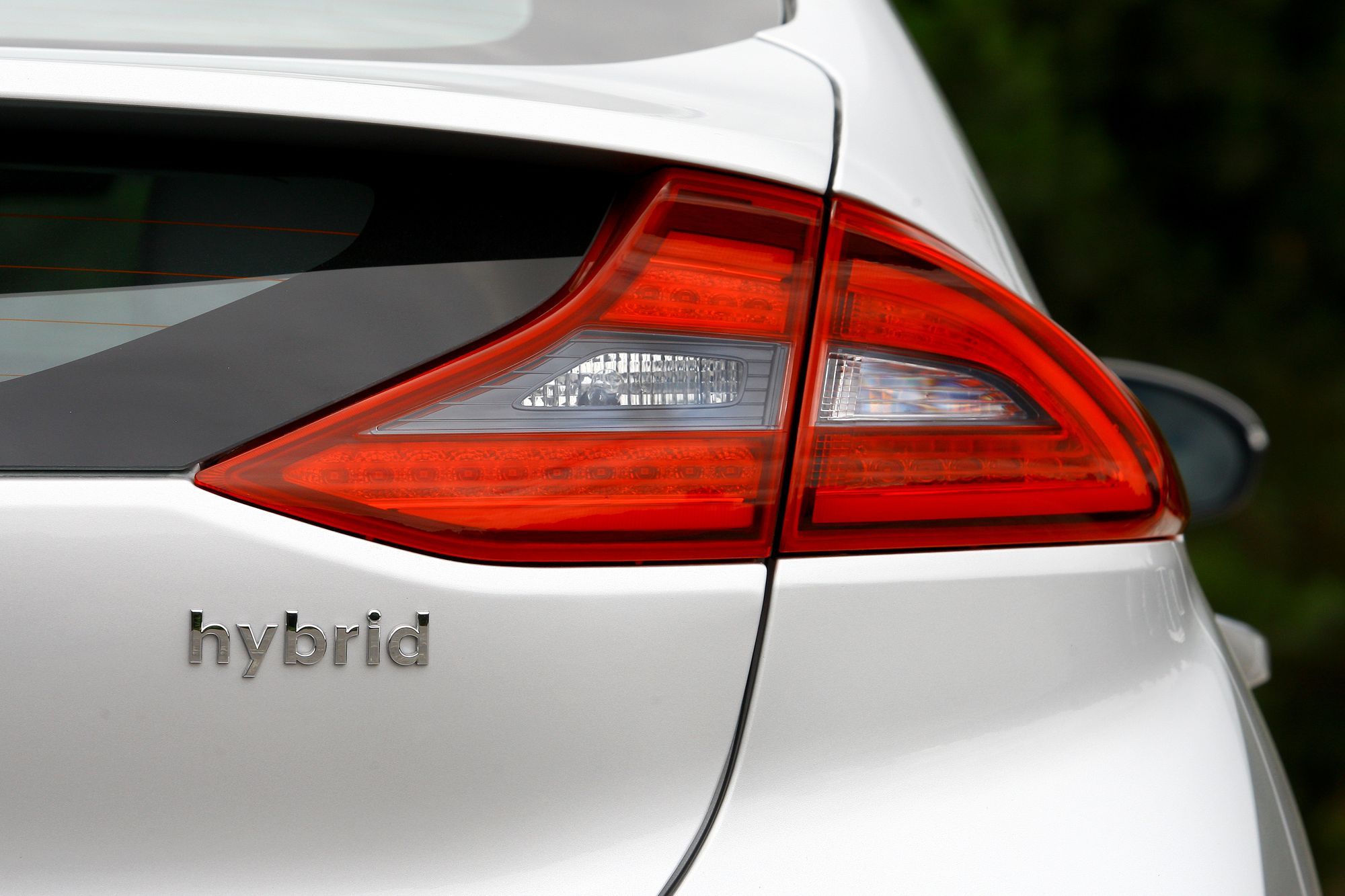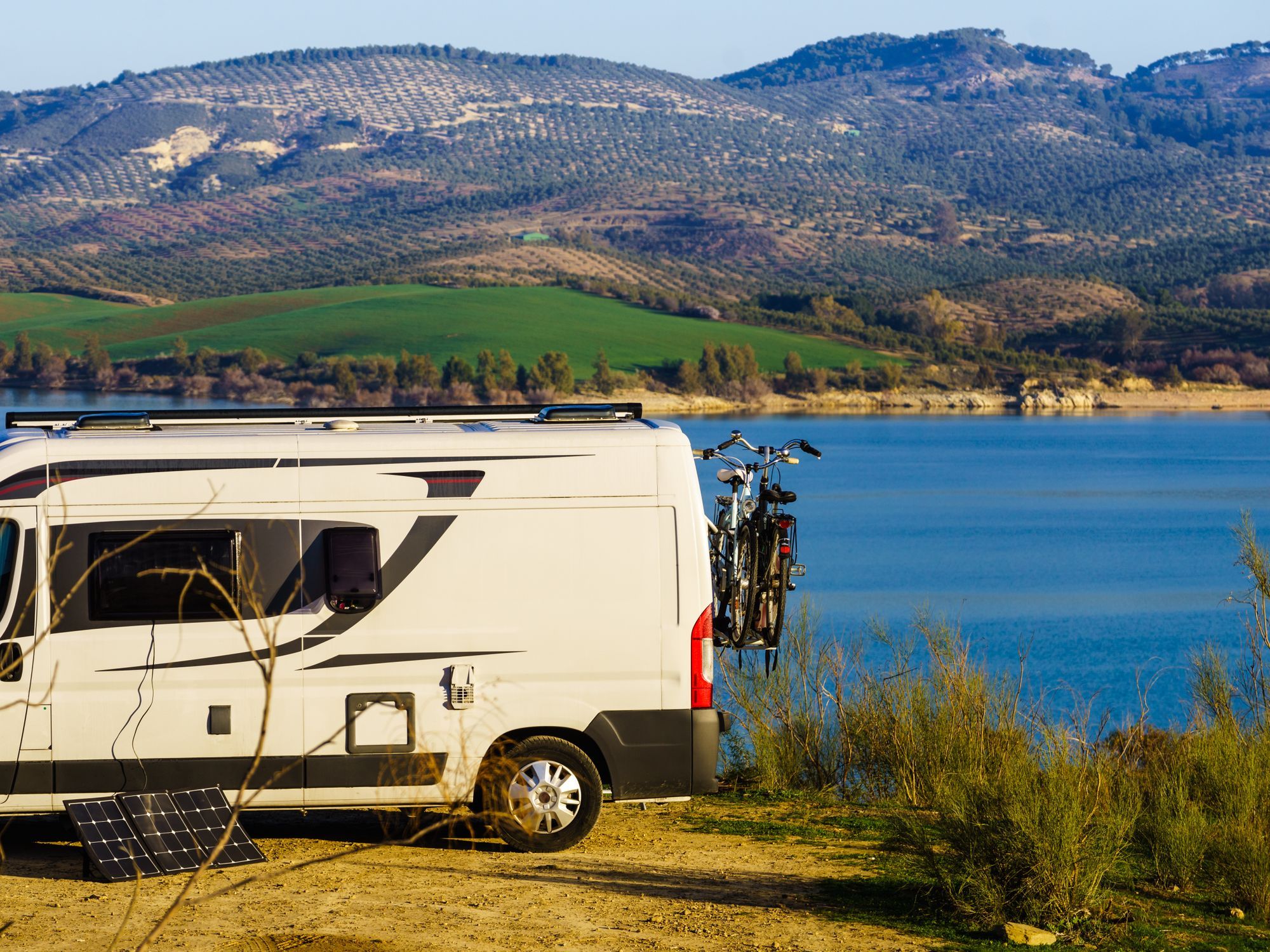Because of the greenhouse effect and the high gasoline prices, more and more drivers are opting for hybrid vehicles. A hybrid combines a gasoline engine and at least one electric motor to move the car. Sometimes the gasoline engine does all the work, while other times, it's up to the electric motor, and sometimes they all work together.
There are currently uncountable models of hybrid vehicles, including some from well-established brands. The car is considered a great compromise because it attempts to reduce gasoline cars' emissions and increase mileage. Since it has two setups, it can leverage from both sides. The vehicle also tries to overcome issues most electric cars face.
The car may drive to over 280 miles before refueling and still manages to keep up with the traffic on the road. The gasoline car might achieve these requirements, but it will cause a large amount of air pollution. However, an electric vehicle may not cause pollution, but it will be very slow and only achieve 50 to 100 miles between charges.
The gasoline-electric car will combine the two mechanisms of both gas power and electric power to avoid air pollution and recharging inconveniences. These are advantages are reasons why hybrid cars are now everywhere. Whether you are conscious about the environment or not, you can still appreciate the convenience these cars offer.
The Hybrid Car Structure
To further understand how these cars work, you must be able to learn the major parts that constitute the vehicle. The gasoline-electric vehicle consists of the following parts:
- Gasoline engine. The car has an engine similar to most cars, though quite smaller, with advanced technology that enables it to reduce emissions and still become more efficient.
- Transmission. It does a similar function as that of a conventional car.
- Fuel tank. The fuel tank in the hybrid car acts as an energy storage chamber that supplies the engine with gasoline.
- Batteries. The batteries are the devices used to store energy for the electric motor. The electric motor can draw and put energy into the batteries.
- Electric motor. The electric motor is so advanced and sophisticated that it acts as a motor and a generator that can slow down the car and produce energy to recharge the batteries.
- It is much like the electric motor; the difference is that the generator only produces electrical power.
When the two power sources are combined, the engine is supplied by gasoline and the batteries supply power to the motor. The transmission is propelled at the same time by the power from the engine and the electric motor. This is called parallel hybrid.
Fuel Consumption
Hybrid cars have a lot of tricks to help fuel consumption apart from the smaller and efficient engine. These are some of the things the hybrid car will do to help you consume as little fuel as possible.
- The tires in hybrid cars are optimized for efficiency. The low-rolling resistant tires are special because they are inflated and stiffer to a higher pressure. They cause half the drag of conventional tires.
- The cars also recover energy from the vehicle and store it in the battery. When a car moves faster, the more kinetic energy it has. The hybrid vehicle can harness some of the energy and store it in the batteries for later use.
- The car engine will sometimes shut off to alternate power sources. Hybrid cars do not depend on the gasoline engine entirely because it has an alternative electric power source: the motor and batteries. So the gasoline engine can be turned off when the vehicle is not in motion.
- The use of lightweight material reduces the car's overall weight, which increases mileage. The vehicles also have advanced aerodynamics that helps reduce drag.
All hybrid manufacturers adopt these tricks to improve the efficiency of their vehicles.
Power Split Device
The power split device is a technology where the gearbox connects the gasoline engine, generator and electric motor together. The clever gearbox allows the car to run like a parallel hybrid. The gas engine and the electric motor can independently power the vehicle on their own or power the car together. The power split device may also allow the car to run like a series hybrid. Here, the gasoline engine runs completely by itself while charging the batteries or powering the wheels if needed.
What Does The Performance Look Like?
Most cars need big engines to provide enough power to accelerate the car faster, but that is different in hybrid vehicles. The hybrid cars have a smaller and lighter engine with a reduced number of cylinders, making the engine perform closer to its maximum ability. Here are a few reasons why smaller engines are more efficient.
- The big engines have more weight, so the car spends more energy and extra time accelerating.
- Bigger engines require more cylinders, and each cylinder consumes fuel every time the engine fires up, even if the car is not in motion. That means more fuel is required.
If the cars of similar models but with different engines are put on a freeway at the same speed, the one with the smaller engine will consume lesser energy and still have the same output of power. That is because it gets assistance from the electric motor and battery, which provides the needed extra power.
Benefits of A Hybrid Car
Decreasing fuel consumption has proven to be one of the best ways of reducing emissions. That is why hybrid cars are considered more environmentally friendly than gas-powered cars. The hybrid vehicle may be complicated, but it has mind-blowing advantages. If you still need convincing to buy the car, here are some benefits.
Since the car has two power mechanisms, it consumes less gasoline but still produces a similar output as conventional cars. The car will be cheaper and easier to maintain long-term than a regular car. It’s the most convenient option when you want great mileage and less fuel consumption.
The car has a low tailpipe emission because it burns much less gas, generating fewer emissions that prevent pollution. It might not be as environmentally friendly as electric cars, but it's a step ahead of a gas-powered vehicle.
Tips for the Hybrid Driver
Some driving habits may help you get perfect mileage for your car. Follow these tips if you want the best driving experience when you own a hybrid.
- Keeping your speed down will increase your mileage significantly. Learn how to drive slower from now on.
- Learn to maintain a constant speed. The more you increase your speed, the more energy the car uses; its fuel consumption will be low if you keep a constant speed.
- Abrupt stops are not the best; give your motor time to slow down the vehicle. When you slow down, some of the energy is taken by the generator in a hybrid car. If you slow down systematically, the motor will recover more energy.



